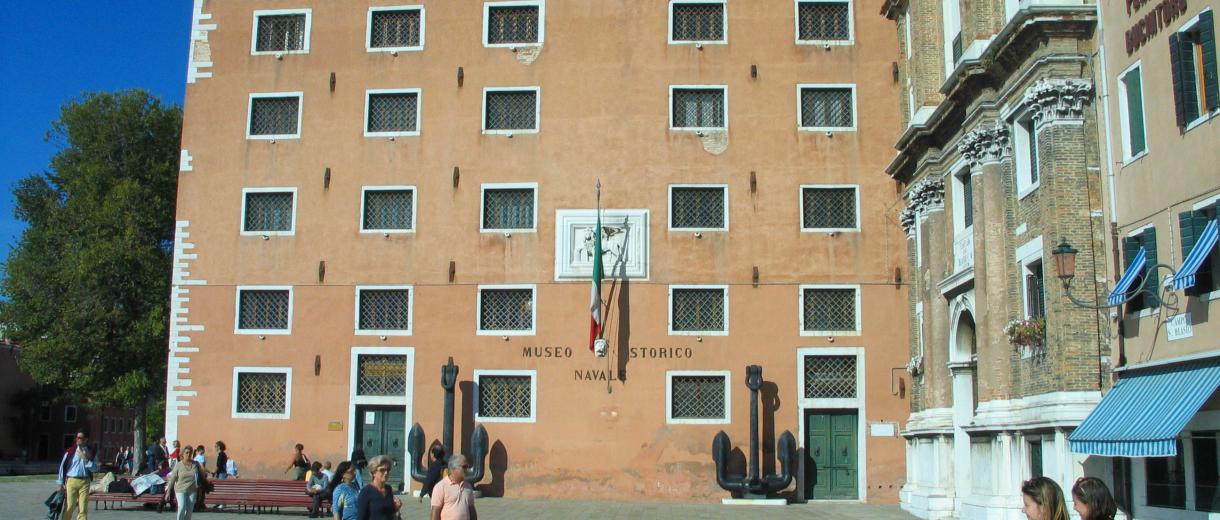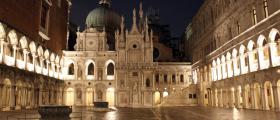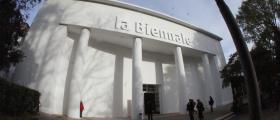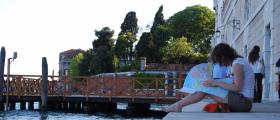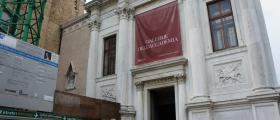Public Grain Warehouse
The massive building of the public grain farm still exists in the Castello area, facing Saint Mark’s basin, a few steps from the quite populated “Via Garibaldi”.
Before 1300 the building was a salt storage, then in 1322 became a grain warehouse, used by the government to face an heavy famine. Wisely the government began to sell grain and flour to the population at a very low price: this was also a way to fight the black market.
The Public Grain Warehouse was also strategically important as large amounts of flour could be brought to the military bakery ovens quite rapidly, to make the “biscotto”, a sort of cake that was used in the place of bread by the military and commercial fleet.
At the end of the Republic the “Graneri” were assigned to the military administration of the “Arsenale” that made of it the site of the Naval museum, one of the biggest collections in Europe.
The “Graneri publici de tera nova” was a big building just behind Saint Mark and separated from the square by a narrow canal.
The building is dated 1322 at the end of a heavy famine, to store a massive quantity of grain and flour to help the population and fight the market as previously seen.
The granary where demolished around 1800 to build the Royal Gardens, after the nomitation of the palace called Procuratie becoming officially the venetian house of the King of Italy.

